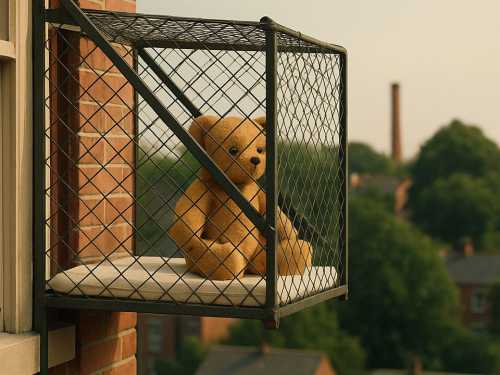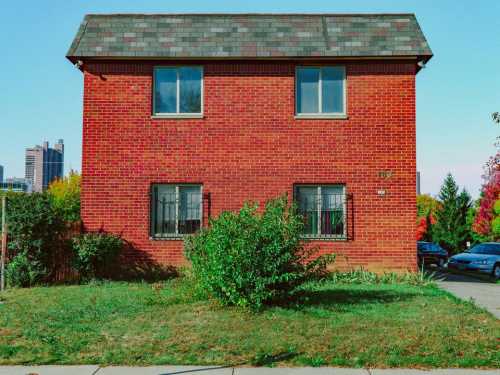
In the 1930s, it was popular in England and the United States to place babies in cages on the outside of their homes. However, the babies clearly didn't like this initiative of “caring” parents. So why were such cages popular and what guided parents when putting their babies outside?
The idea that a child should be “aired” appeared at the end of the 19th century.
Dr. Emmett Holt, an authority at the time, who worked at the Rockefeller Foundation, published the book “Caring for Children and Their Feelings.”
One of Holt's recommendations was: “ventilation.” Fresh air, the doctor wrote, “is necessary for the renewal and purification of the blood, and is as necessary to health and growth as good food.”
The doctor argued that fresh air and sunlight are necessary for a child's development. The child's skin needs to breathe and get used to the external environment. In addition, it hardens children and develops their immunity.
The doctor advised dressing the baby in “a hood and a light coat, like for the street,” and the child should lie in a cradle or stroller with the windows wide open and the doors closed.
But the doctor did not propose any design for “ventilation”, and there were no balconies in such numbers in London.
The first to put Holt's ideas into practice was Eleanor Roosevelt, the wife of the future US President Franklin Roosevelt.
Shortly after the birth of her first child in 1906, the 21-year-old bought a wire chicken coop, hung it in the window of her New York City home, and placed little Anna inside.
The girl was sitting in a cage on the north side, where it was always cold and dark. The child was constantly screaming and crying. Eleanor did not react until a neighbor intervened. She even promised to complain about her to social services.
“It was a shock to me, I thought I was a very modern mother,” Eleanor Roosevelt recalled. But Roosevelt was not alone – similar designs began to appear frequently in the United States.
In 1922, American Emma Reed registered a patent for a “baby cage.” The logic of the design was to keep the child in the open air, but not in the crowded crowds of city roads.
At that time, the Americans were playing around with the idea and the cages didn't sell well. But in the UK, a real boom began! Cages for children became very popular.
In 1935, the Royal Institute of British Architects recommended that such “children's balconies” be provided for in the construction of new buildings.
The practice was abandoned at the beginning of World War II due to bombing.
In 1953, England returned to the idea and even released a commercial promoting cages. But ordinary Britons were no longer so eager to buy up dubious designs. One of the reasons was considered to be the rapid spread of cars. The air on the streets, in front of the house, became clearly not useful for children's organisms.





